by Michael Smith (Veshengro)
Vegetarians and Vegans are furious that new British banknotes contain traces of animal fat
 The introduction of polymer cash hasn't gone as smoothly as the Bank of England had hoped.
The introduction of polymer cash hasn't gone as smoothly as the Bank of England had hoped.
On November 28, the Bank of England admitted on Twitter that its new polymer banknotes are made with trace amounts of tallow, which is sourced from animal fat, usually cow, but sometimes pig.
This has upset many people who are uncomfortable using items that contain animal byproducts. A petition has circulated in recent days, asking the Bank to fix the problem as soon as possible: “The new £5 notes contain animal fat in the form of tallow. This is unacceptable to millions of vegans, vegetarians, Hindus, Sikhs, Jains and others in the UK. We demand that you cease to use animal products in the production of currency that we have to use.”
Within four days that petition received more than 122,000 signatures.
According to Innovia Films, the company that manufactures the polymer used for banknotes in 23 countries, including Australia, New Zealand, Mexico, Singapore, and Canada, there are minute traces of tallow added to make the notes more “anti-static.” Despite that fact, though, they still stick together and one has to be rather careful as to not give one instead of two notes stuck together.
As a vegetarian myself – and no one try to lecture – I cannot completely follow the entire thing behind this for there are many other products that we all (and we shall come to those further one), more or less, have to use in daily life that also contain animal byproducts, and even vegetarians and vegans touch those materials daily; only they don’t know that they do.
At least one vegetarian restaurant, The Rainbow Vegetarian Café in Cambridge, England has announced that it is refusing to accept those new £5 polymer banknotes which have now come to be referred to as “corpse cash” and this, I am afraid to say, is also not directly an answer. Makes for great publicity though, I guess.
And now I have some very bad news for the concerned communities:
Just about everything made of polypropylene or polyethylene contains larger trace amounts of tallow than you'll find in the new £5 note. This includes keyboards and mobile phones. The sentiment behind not accepting them is admirable, but slightly hypocritical if you're going to carry on living a normal existence using modern technology and facilities. Even tires (including bicycle ones) contain animal products.
It could even be the case that the material of many vegan shoes contains such byproducts, as much of the leather substitute is a plastic material of one kind or another.
9 everyday products you didn't know had animal ingredients
Even though animal products might not be in as many places as some think (for instance, most "catgut" tennis rackets are made with synthetic materials now, they spread far beyond just those hidden in food: everywhere from your car to the bathroom and the sky on the 4th of July.
On average, 98% of an animal is used. From that 98%, about 55% (on average) of the animal is used for edible products and the remaining 45% for inedible by-products.
Plastic bags: Many plastics, including shopping bags, contain "slip agents," which reduce the friction in the material. And what do you think those are made of? Yes, animal fats, such as tallow.
Although polymers are manufactured from petroleum feedstock, plastics manufacturers often use additives of animal origin to improve material properties and/or to aid in processing of raw polymers. Furthermore new plastics are coming out soon that may be made chicken feathers or other animal “byproducts”, or from insects.
Companies like Tyson Foods are experimenting with keratin protein found in chicken feathers to produce plastics, adhesives and non-woven materials and someday disposable diapers or hospital gowns could be made from those materials.
Car and bike tires: Even when food can have hidden animal ingredients, you can still take the time to look at the label to see it. With your car or bike tires, it is a little more difficult. But you could check with the manufacturer if they use animal-based stearic acid, which helps the rubber in tires hold shape under steady surface friction.
Glue in wood work and musical instruments: Animal glue (made from the boiling of animal tissue and bone) is apparently the best adhesive for fixing musical instruments made from wood such as violins and pianos. Even though other synthetic glues are used too, hide glue is also readily available and widely used for furniture fixes and wood work: You can even catch a guide on how to use it online.
Fabric softeners: Downy fabric softener contains Dihydrogenated tallow dimethyl ammonium chloride, which comes from the cattle, sheep and horse industry. They sure won't put that in the usual 'all-so-soft' advertising. And that may be just one of many manufacturers.
Shampoo and conditioner: According to PETA, there are more than 20 components from animals that could be in your shampoo and conditioner. The tricky part is when you read "Panthenol", "Amino acids", or "Vitamin B" in a bottle (just to name a few), it can be either from animal or plant source -- making it hard to tell. Companies have even removed the word 'animal' from some ingredients to avoid putting off consumers.
Toothpaste: Glycerin is found in animal and vegetable fats, which have a chemical composition containing from 7% to 13% glycerine. When separated from it, it is used in a wide variety of products, including toothpaste. As with other ingredients, when you read 'glycerin' on shampoo and conditioner, it can be either animal or plant based, which is a pain. But many products from commercial brands like Colgate claim to be animal-free and suited for vegetarians.
White and brown sugar: What about hidden products in the manufacture process? Among vegetarians and vegans, it is known that purified ash from animal bones is used in filters to refine sugar by some brands, though there are other companies that use filters with granular carbon or ion exchange systems. What not all may know is that brown sugar is also refined, only to have molasses added after.
So, we are a little in a conundrum here as regards of so many things in our daily life that may – or may not – contain animal byproducts. What are we going to do. Refuse to handle anything?
Now just one more thing, and while it may, or may not be related to the matter of animal byproducts in products, and that is Vegan leather. The great majority of this material in, in one way or other, at least still at this very moment in time, petroleum-based and while it may not harm an animal directly it harms the Planet and thus all animals and us.
New products are being tried and developed at this moment that feel and handle, at least so it is claimed, like leather but are made from mushrooms or other non-animal and non-petroleum sources. But, before we get to saddle and harness thickness and quality we still seem to have a way to go.
© 2016

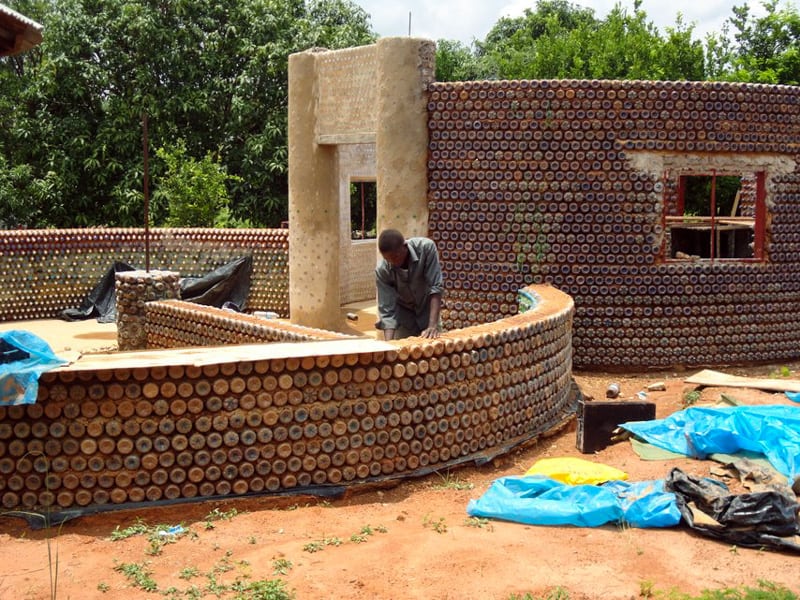

 Now is the best time to prune your fruit trees and here is how to do it in three simple steps.
Now is the best time to prune your fruit trees and here is how to do it in three simple steps.




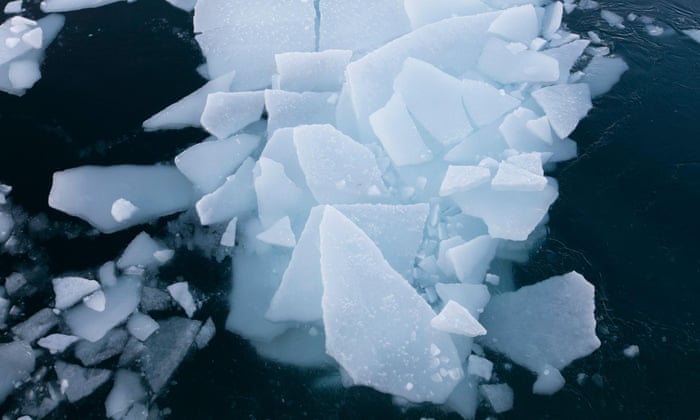
 If you live in an apartment, small house or have room-mates, access to a traditional outdoor garden space might be limited. Growing a few multi-functional plants is easy and makes life more enjoyable.
If you live in an apartment, small house or have room-mates, access to a traditional outdoor garden space might be limited. Growing a few multi-functional plants is easy and makes life more enjoyable.

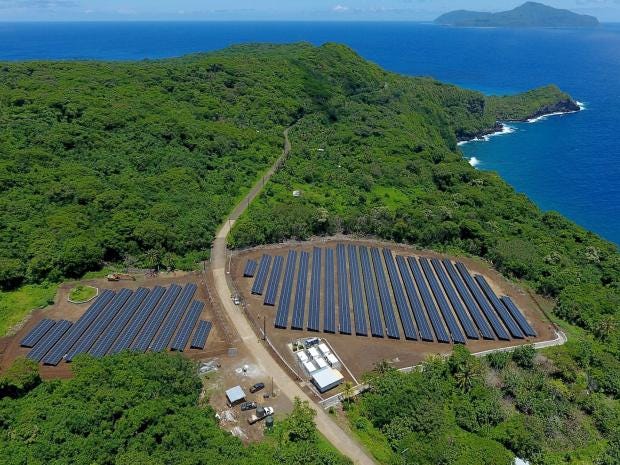




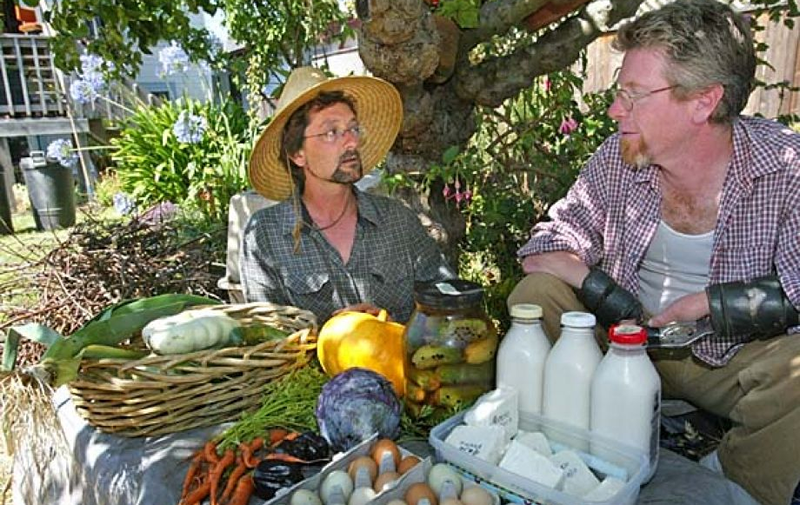








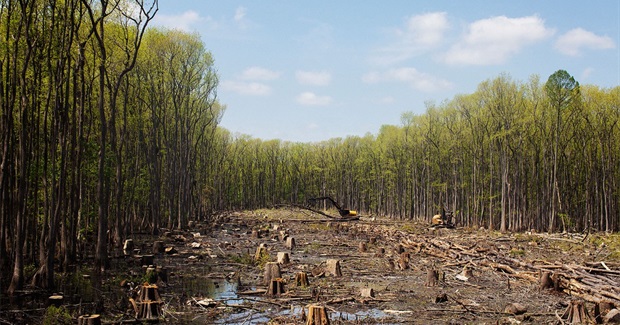

 Dive Brief:
Dive Brief:




/cdn0.vox-cdn.com/uploads/chorus_asset/file/7567583/MUFI_122.jpg) This week, the Michigan Urban Farming Initiative (MUFI) revealed its plans for the first Sustainable Urban Agrihood in the North End.
This week, the Michigan Urban Farming Initiative (MUFI) revealed its plans for the first Sustainable Urban Agrihood in the North End.

























